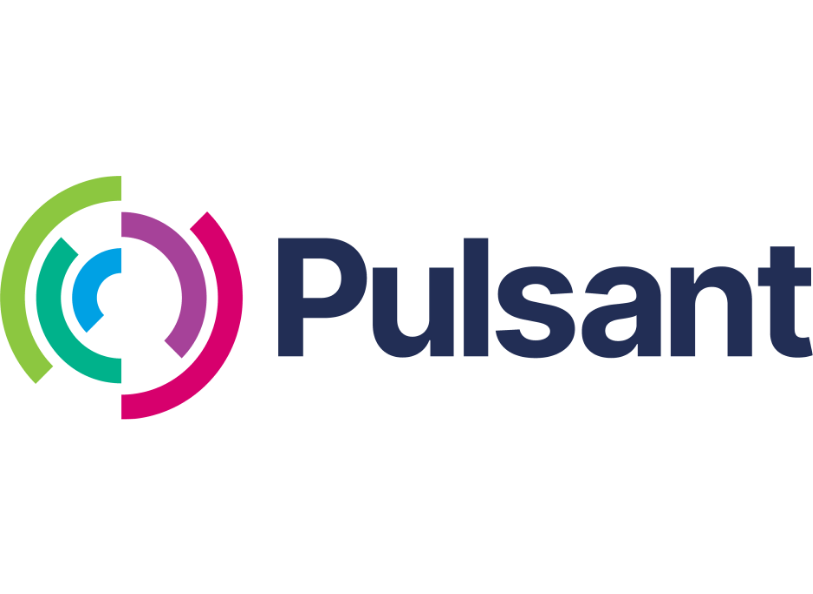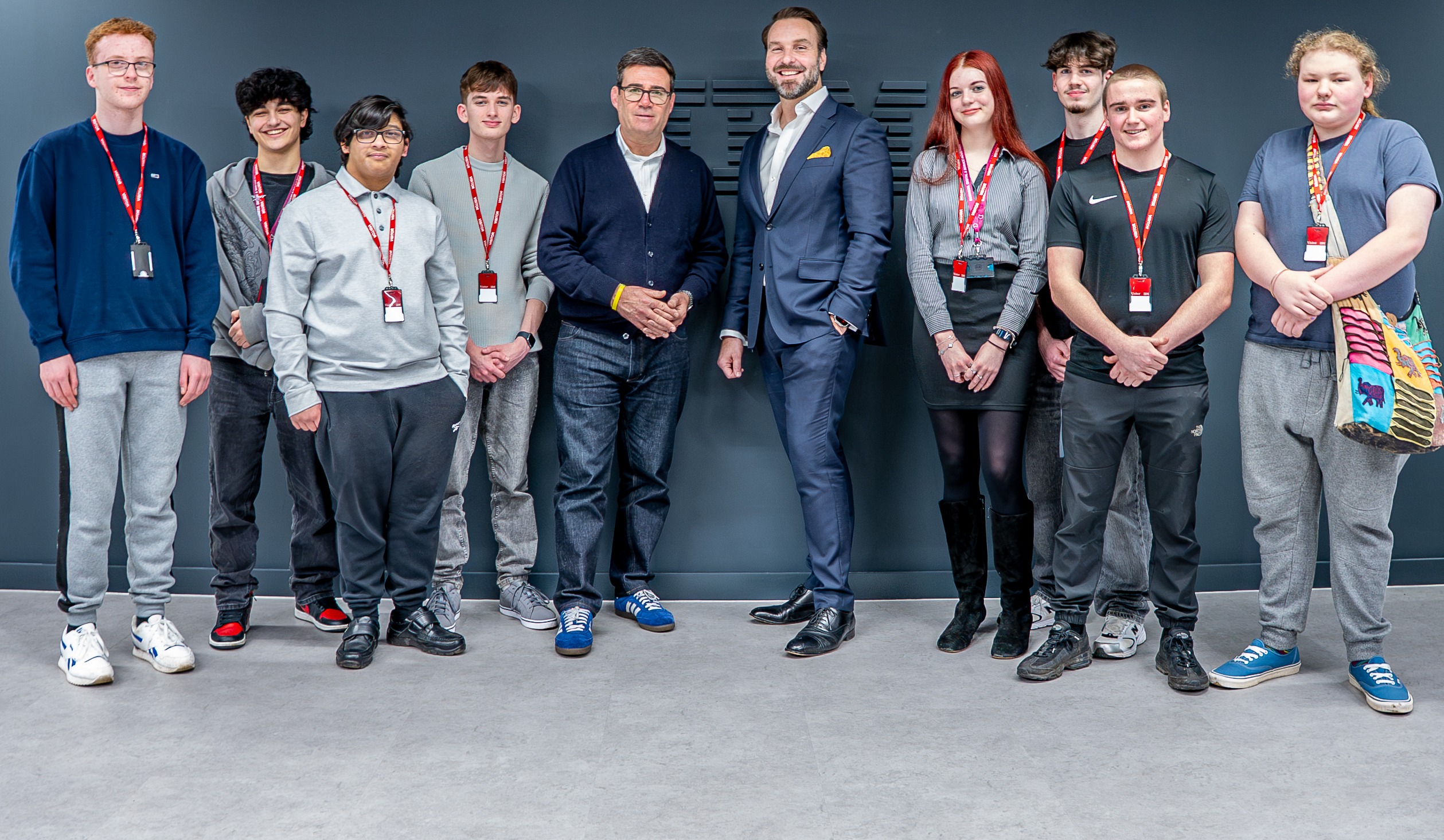
If living through a pandemic has taught us anything, it’s that doing business online is essential for almost every organisation to remain relevant. Consumer demand for online products and services skyrocketed when we were restricted from doing business face to face.
We’ve examined current and emerging technology trends to identify the strategies you should consider in 2022 to become a truly #digitalready business.
The trends we mention below will power the continuing digital evolution. But if your organisation is at the early stage of its digital transformation, we know it can be overwhelming to establish where to begin. That’s when it’s helpful to work incrementally, delivering value in fast iterations and, importantly, learning from what’s been delivered and how it’s been delivered. That often requires new ways of working, like Agile and DevOps, and new ways of leading technology teams. These approaches are relevant for all the trends below, as well as for leading the cultural evolution of your organisation as it supports your digital ambition.
Hybrid cloud
We expect to see even more applications move to the cloud in 2022. And organisations will increasingly use a hybrid cloud architecture, which combines the best of public and private hosting to suit each application’s needs. Increasing competition between the cloud vendors means it’s now cost effective to take this approach. The huge benefit of hybrid infrastructure is that you can place workloads where they make the most sense and to meet performance and security demands.
Other benefits of a hybrid cloud infrastructure include:
- Faster data processing: Sometimes data must remain on-prem for compliance or privacy reasons. Organisations facing this can leave that data on-prem but move other applications to the cloud for stability and scalability. They use data ingestion pipelines to enable scalability for processing data that must remain in-house.
- High-availability disaster recovery: Replicating on-prem infrastructure in the cloud means tech teams can failover – often seamlessly – if the internal data centre is interrupted.
- Scalability: Load balancers can share traffic between on-prem and cloud environments when your capacity needs to surge to meet spikes in customer demand.
- Cheaper non-production environments for development and testing: Pay as you go hosting means it’s usually far more cost effective to use the cloud for development and test environments than on-prem infrastructure. Automated tools enable dev teams to quickly provision new environments that replicate production conditions.
The four steps to a successful cloud migration
Xaas (Everything as a service)
Software as a service (SaaS) is now the standard delivery model, with companies from Microsoft and Adobe to Atlassian and Salesforce providing powerful applications as a subscription to anyone with a high-speed internet connection.
XaaS is the natural progression to cloud computing and the Internet of Things (IoT). It packages applications and products into subscription services. The upside of this is digital ready organisations can move quickly and inexpensively to use applications or products that may otherwise take months, or years, to develop in-house. It’s also a proven and popular business model for consumers and businesses.
We’re already seeing XaaS with in fitness devices and services (Peleton, WHOOP strap), entertainment (Netflix, Spotify) and transport (Zipcar, Karshare). Rolls Royce is even offering a ‘jet engine as a service’.
We believe all organisations should consider being both a consumer and provider of XaaS.
Artificial intelligence and automation
Our clients constantly discover new ways to use AI to manage the huge volume of data in their technology estate. They’re also learning new ways to use AI to solve problems more efficiently, which will increase its use in 2022.
The brilliance of AI is that it automates complex and repeatable jobs, releasing operational efficiencies.
AI itself is becoming more efficient, which helps with analysing large and complicated data sets. Machine learning algorithms, like deep neural networks, mean computers can learn from examples instead of needing developers or data scientists to instruct them on what should happen next.
Read our guide to introducing artificial intelligence in your organisation.
Cyber security
In 2025, the global cyber security insurance market will be worth $25bn. Protecting sensitive data will remain the top priority for executives and boards in 2022, and beyond. Cyber criminals are using increasingly sophisticated techniques, including artificial intelligence, to compromise your network. So, it’s never been more important to have robust perimeter defences, as well as appropriate internal governance to protect privileged user accounts.
We believe all organisations need a robust identity and access governance strategy to protect against internal compromise. This should identity and access management, and a policy for privileged access management for ‘elevated’ permissions to core systems and data.
Those are our key 2022 technology trends. We’ll be keenly observing how each one evolves over the year and, of course, looking out for new developments.
Francis North is your partner for #digitalready business. Contact us now to learn how we can help with your digital evolution.








